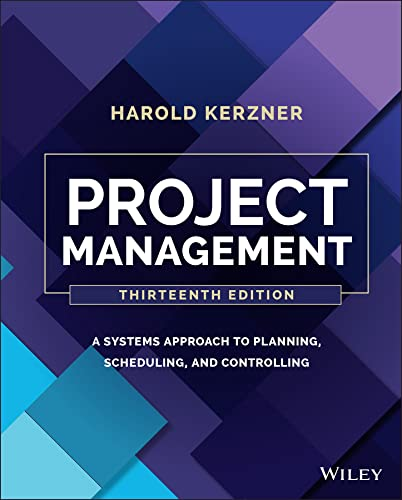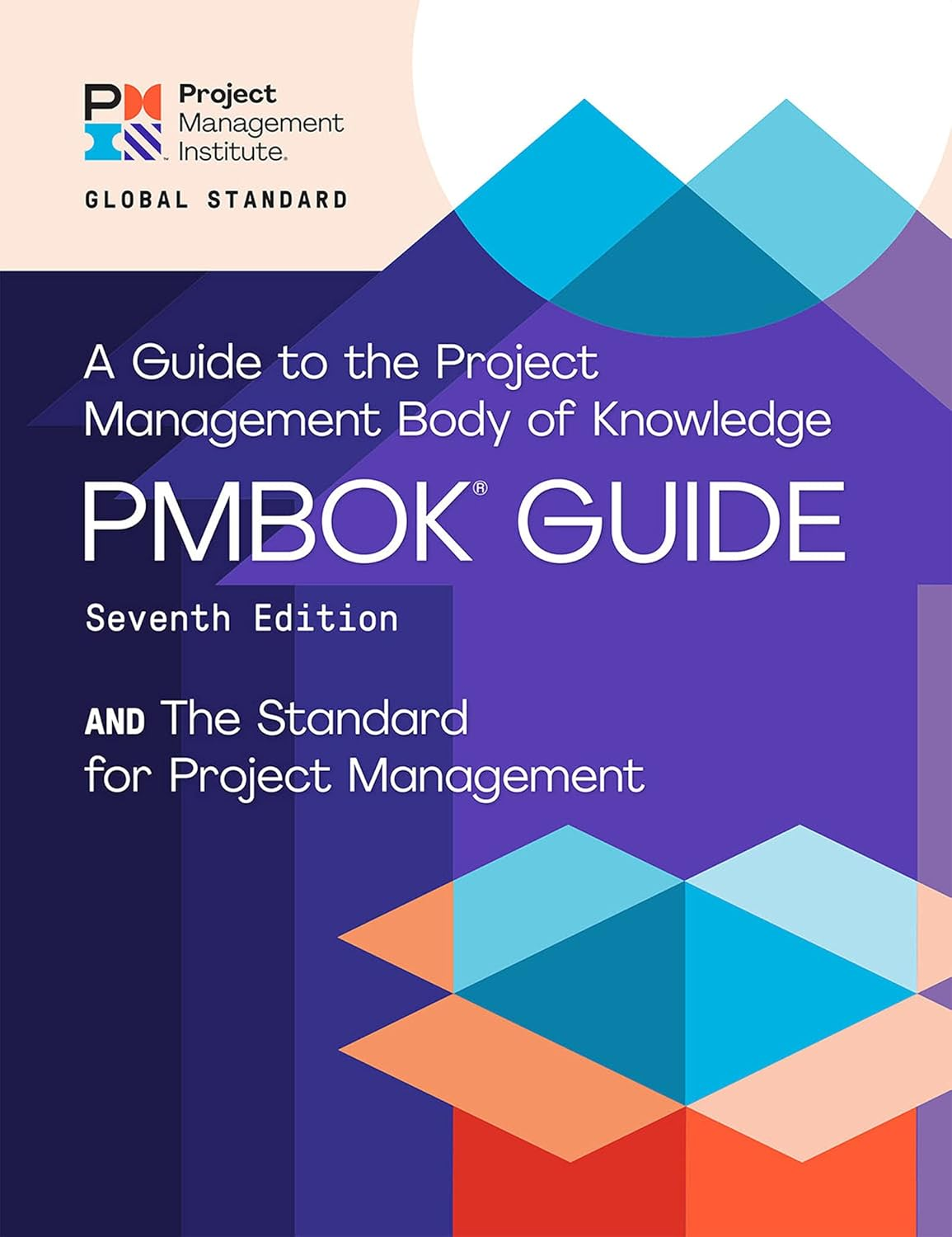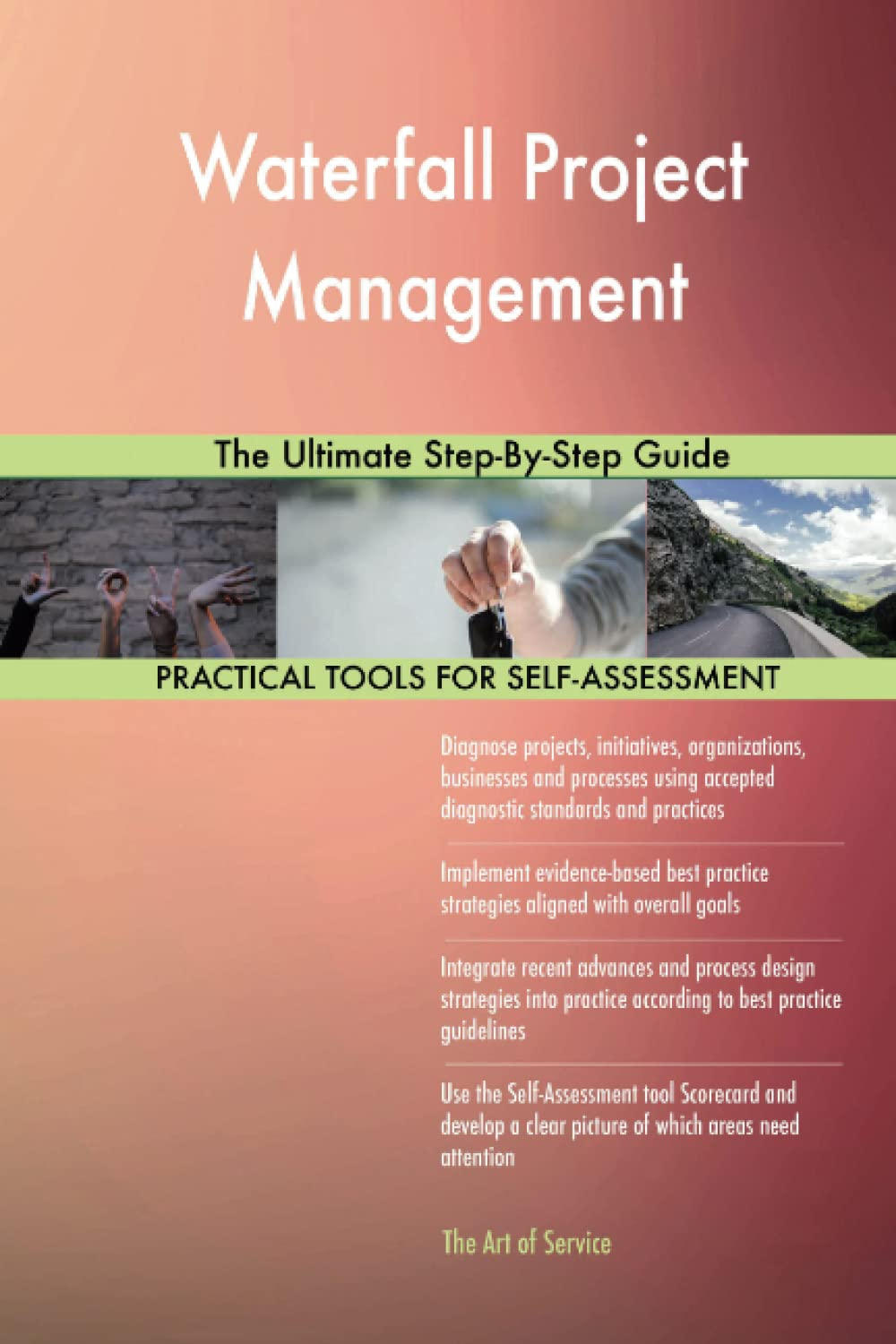A comprehensive guide to effective email management strategies and tools that help professionals organize their inbox and enhance productivity. Key takeaways Streamlined Email Management: Email management strategies, such as filters and prioritiza
Waterfall Project Management: A Step-by-Step Guide
The waterfall project management methodology follows a structured, sequential approach that’s ideal for projects with clear requirements. Learn the phases, benefits, and potential challenges of using Waterfall, and discover if it’s the best fit for your team.
Key takeaways
Waterfall Project Management is a linear, sequential approach suitable for projects with clear requirements and well-defined stages.
This methodology follows a strict structure with distinct phases: Requirements, Design, Implementation, Testing, and Maintenance.
Waterfall is ideal for projects where changes are minimal but may be less suitable for highly adaptive projects.
Understanding waterfall: A traditional approach to project management
In the realm of project management, Waterfall stands as one of the most traditional and widely used methodologies. Characterized by its linear and sequential approach, Waterfall is known for following a well-defined path where each phase flows logically into the next. This structured method is particularly effective in projects with clear objectives and requirements, as it emphasizes thorough planning and documentation at every step.
While newer, flexible approaches like Agile have gained popularity, Waterfall remains a strong choice for projects with minimal need for mid-course adjustments. In this article, we’ll delve into the key phases, benefits, and potential limitations of the Waterfall methodology and explore scenarios where this structured approach can provide the most value.
Phases of waterfall project management
The Waterfall methodology is divided into distinct phases that must be completed sequentially:
- Requirements Gathering
The project begins with an in-depth gathering of requirements. Here, all project goals, constraints, and deliverables are documented. This step is crucial as it sets the foundation for the rest of the project. - Design
Once requirements are defined, the project moves into the design phase. Here, the project team outlines the technical specifications, choosing tools, resources, and defining the system architecture needed for development. - Implementation
This is the development phase, where the design plan is put into action. Developers create the code and other necessary elements, following the guidelines set in the design stage. - Testing
After implementation, the project enters the testing phase. QA teams conduct thorough tests to identify and fix any issues, ensuring the project meets quality standards. - Maintenance
The final phase involves ongoing maintenance to ensure the project continues to function correctly. This phase may include bug fixes, updates, and adjustments as needed.
Benefits of waterfall project management
- Clear Structure and Documentation
Waterfall emphasizes planning and documentation, making it easy to track progress and clarify roles. Each phase has a clear start and end, ensuring that stakeholders understand the project’s development. - Ideal for Projects with Fixed Requirements
Waterfall is highly effective when project requirements are known in advance and unlikely to change. Industries like construction and manufacturing, where the scope is often predictable, benefit greatly from this methodology. - Easy Progress Tracking
Due to its sequential nature, progress in Waterfall projects is straightforward to track. Stakeholders can see which phase is underway and understand the project's timeline.
Drawbacks of waterfall project management
- Inflexibility in Changing Requirements
Waterfall’s structured approach makes it challenging to adapt to mid-project changes. Any alterations often require revisiting previous phases, which can delay progress and increase costs. - Limited Client Involvement During Development
With Waterfall, clients are primarily involved at the beginning and end of the project. This can sometimes lead to misalignment with client expectations if the final result doesn’t fully meet their needs. - Higher Risk of Delays
Due to the dependency on completing each phase before moving forward, delays in one phase can impact the entire project timeline. This can be especially challenging in long-term projects with fixed deadlines.
Interesting fact 
Did you know? The Waterfall methodology is so strict in following sequential steps that it's famously 'change-averse.' In the world of project management, there's a joke that if you need to make changes during the testing phase, it might be easier to go back to the requirements stage... and start the project over!
For a detailed comparison between structured and flexible project management approaches, explore "Agile Project Management: Effective Project Handling in 2025". If you’re looking for tools to streamline your workflow and boost efficiency, check out "Top Benefits of Project Management Software: Boosting Efficiency and Collaboration". Additionally, dive into "The Project Management Triangle: Balancing Scope, Time, and Cost" to learn how to balance scope, time, and cost in your projects.
Waterfall project management time distribution, %
This chart provides a visual overview of the sequential phases in the Waterfall methodology, from Requirements Gathering through to Maintenance, illustrating the linear progression and dependencies between phases.
Conclusion
The Waterfall Project Management methodology remains a valuable approach for projects that benefit from a structured, sequential process. Its emphasis on thorough documentation and clear, linear progression is ideal for industries and projects where requirements are well-defined from the start. However, for projects where adaptability and frequent updates are necessary, a more flexible methodology like Agile may be a better fit.
If your project aligns well with the Waterfall methodology, consider using it for a streamlined and highly structured workflow. For further assistance, our project management team can help you determine the best approach to meet your unique project needs.
Recommended Reading 

"Project Management: A Systems Approach to Planning, Scheduling, and Controlling"
Although broader in scope, this book provides foundational knowledge on structured project management, including Waterfall, and is a must-read for project managers.
On Amazon
"A Guide to the Project Management Body of Knowledge (PMBOK® Guide)"
This comprehensive update includes tailoring guidance, expanded methodologies, and integration with PMIstandards+™ for industry-specific applications.
On Amazon
"Waterfall Project Management The Ultimate Step-By-Step Guide"
The text presents key project management questions covering methodologies like Agile, Waterfall, and legacy systems modernization.
On Amazon






